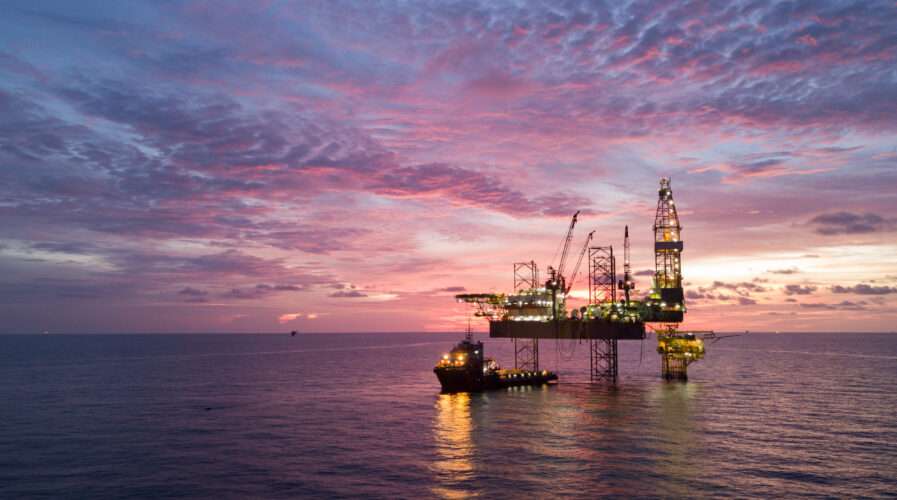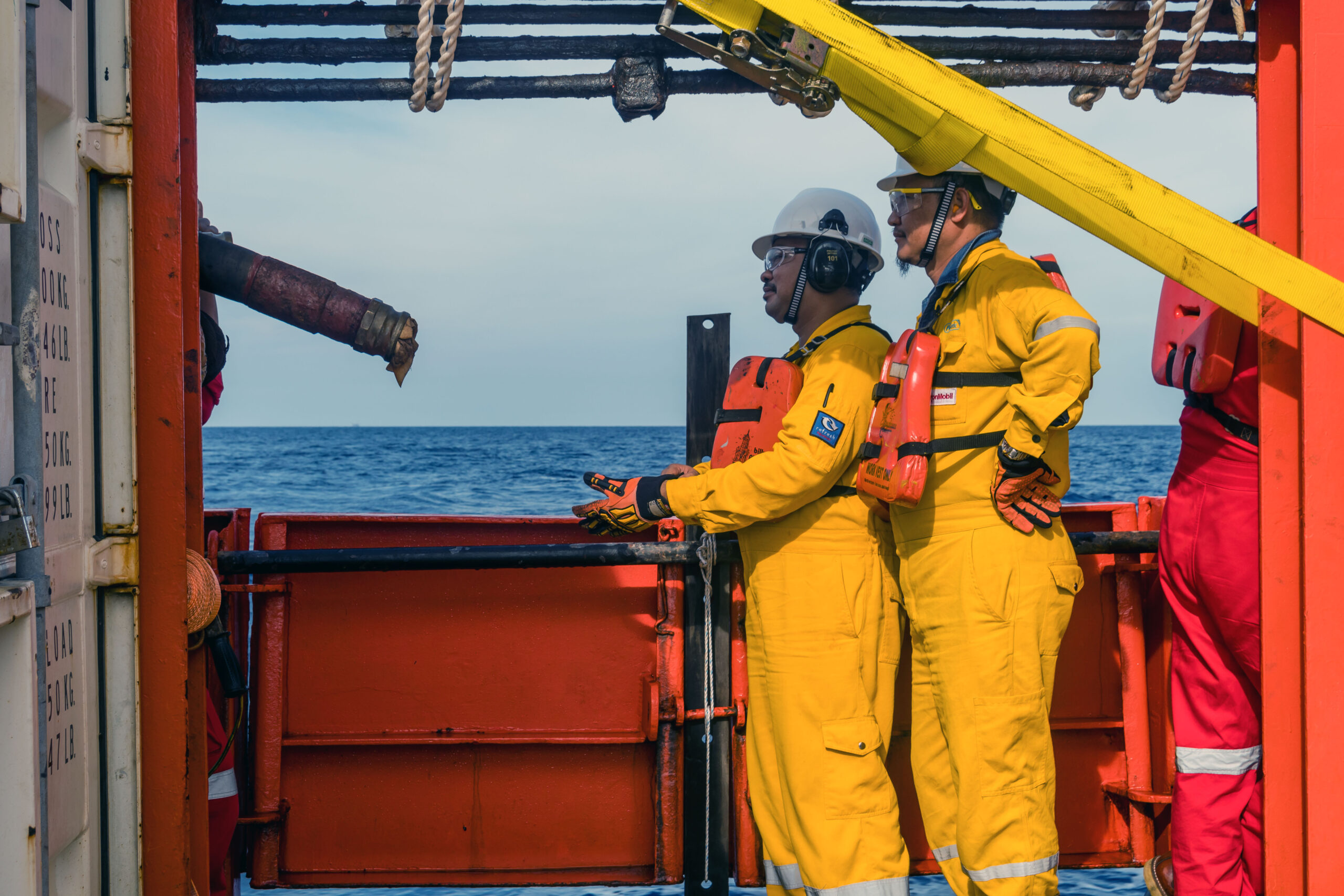
(Source – Shutterstock)
How intelligent automation is helping the oil and gas industry drive sustainability goals
The oil and gas (O&G) industry in Asia is in a state of flux. It is grappling with all-time-high energy prices, the pressures for less carbon-intensive-energy systems, and increasing demands for clean energy to address the climate crisis — all while battling the increasing demand for supply in oil and gas. The industry, well aware of these issues and the growing need to evolve for a viable future, is seeking ways to reduce CO2 and methane emissions as well as source alternatives. But effective change will require substantial investment, innovation, and research and development at a much faster pace than we are currently seeing.
Intelligent automation (IA) has a role to play in bringing this reality to life. An astonishing 81% of oil and gas global executives agree that a digital-first workforce needs to be developed over the next 10 years. A similar sentiment was noted in a recent Asian Power and SS&C Blue Prism-hosted webinar, which observed that the global industry is beginning to apply IA and artificial intelligence (AI) to almost every aspect of sustainable energy production and distribution, and large organizations have begun adopting automation platforms to deliver real change.
As such, the offshore oil and gas industry has been catching on to the notion, with 18.6% of the total industrial automation jobs being made up by the APAC region, an increase from 15.1% in the same quarter last year.
IA can help by driving innovation, filling some of the skills gap for engineers, and enhancing data usage and operational efficiency. Much of this sector is process-driven, yet many of these tasks are still operated manually and with legacy systems. This creates value-obstructing data siloes, which IA can help break down, offering insights and analysis to inform progress promoting decision-making. Together, these outcomes enhance cash flows while helping meet emerging sustainability objectives and requirements.
What is the role of oil and gas in today’s regional economy?
Asia has accounted for over 70% of the world’s total oil demand since 1985, and will soon surpass North America. Alternative energy sources have not yet advanced to the point where we can effectively use them to replace all the world’s oil and gas demands. Furthermore, as we move forward, we must remember, developing economies are going to struggle to facilitate their industrial needs without oil and gas as they have not had the capacity of developed countries to invest in clean energies and technologies.
Although we are not at the point where we can say goodbye to oil and gas, this does not absolve us of the responsibility to transition to a renewable energy supply. The O&G industry in Southeast Asia has a large role to play in bringing forward a global net-zero economy, which is estimated to need US$2 trillion in infrastructure investment through 2030.
The industry is working to make progress when it comes to environmental, social and governance (ESG) issues, as doing so has become an economic, moral, and reputational imperative. A number of oil and gas companies have established net-zero-emissions targets and are persevering with decarboniatzion efforts despite the economic volatility of the past few years. This includes Petronas, the Malaysian oil and gas giant that announced its aim to hit net zero by 2050 driven by its need to build a more sustainable business amidst the global energy transition.

(Source – Shutterstock)
How is IA helping the industry reach its ESG targets?
The sector’s efforts to mitigate the effects of climate change center around three primary areas: reducing CO2 emissions, reducing methane emissions, and recycling CO2. IA can support in replacing manual tasks with automation, relieving people to unleash efficiency and focus on value-adding transformative work.
Any movement in this space will require substantial research and development, combined with innovation. This requires effective and complete data usage, which is impossible with outdated IT infrastructures and siloed information. By connecting legacy systems with IA, unstructured and structured data can easily be consolidated, and actionable insights can be uncovered organization-wide – speeding up decision-making, promoting fast problem-solving, and assisting with meeting future compliance and regulatory standards.
Employing IA can free workers to focus on experimentation, innovation, and processes for detecting, measuring, and mitigating emissions levels. It can be used to measure progress and success in reaching emissions targets through impact analytics and help businesses ensure they’re operating in line with regulations, which can be costly and cumbersome.
We don’t know what the solutions are going to be in 20 years, but the faster we test and adapt different solutions – whether hydrogen, electric, or something else entirely – the closer we’ll be to a long-term answer.
Looking to the future
As the oil and gas industry works to bring this reality to the fore, we’re seeing lines between this sector, the energy sector, and the telecommunications sector begin to blur. The business model is evolving – O&G businesses are diversifying and expanding to adjacent areas, such as hydrogen and carbon capture, utilization, and storage (CCUS). They’re working to establish their leadership and expertise in the renewable space for a greener future.
It is a necessary transformation if we are to leave the world a livable place for our children and grandchildren. There is still time for progress on this issue and this is an empowering reality – but innovation, research, and development will be critical on this journey to clean energy, which is where IA can help.
Article by Saranjit Singh, V.P. Telecommunications and Utilities APAC, SS&C Blue Prism
READ MORE
- Ethical AI: The renewed importance of safeguarding data and customer privacy in Generative AI applications
- How Japan balances AI-driven opportunities with cybersecurity needs
- Deploying SASE: Benchmarking your approach
- Insurance everywhere all at once: the digital transformation of the APAC insurance industry
- Google parent Alphabet eyes HubSpot: A potential acquisition shaping the future of CRM


